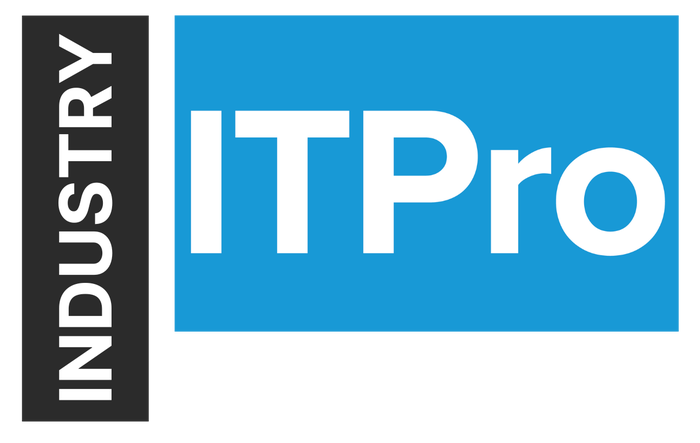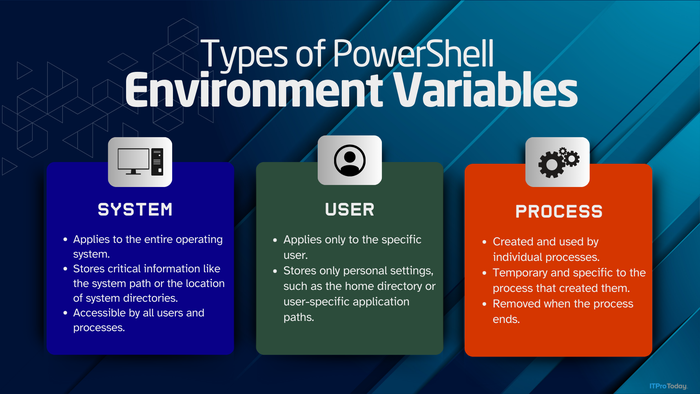
Insight and analysis on the information technology space from industry thought leaders.
The Case for Cloud-Based Security: Why Reinventing the Wheel Is RiskyThe Case for Cloud-Based Security: Why Reinventing the Wheel Is Risky
By leveraging cloud-based security solutions and hybrid models, enterprises can strengthen protection, optimize operations, and adapt swiftly to evolving threats and technologies.
February 24, 2025

By Hardik Shah
Cyberthreats are growing at an unprecedented pace, challenging organizations to rethink traditional approaches to security strategies. Traditionally, companies built in-house security solutions tailored to on-premises environments. While this approach was once effective, developing and maintaining proprietary security frameworks are becoming increasingly impractical. Cloud-based security solutions provide specialized expertise and scalable resources that many small-to-medium-sized enterprises struggle to develop independently.
The debate between cloud security and on-premises control is more relevant than ever. Factors such as cost, scalability, rapid threat response, artificial intelligence (AI)-driven threats and advancements, internal skills gaps, and new compliance mandates are amplifying the discussion. Some enterprises continue to rely on proprietary tools, but integrating cloud-based solutions can enhance overall protection and agility.
Advantages of Cloud-Based Security
In the debate over cloud or on-premises technology control, the answer is always "it depends." Cloud computing has transformed IT infrastructure in nearly every sector, and many of its benefits extend to cloud security solutions. On-premises security carries high ownership costs, including significant investments in infrastructure, in-house staffing, and maintenance. Additionally, on-premises solutions and service models lack adaptability and are slow to respond to increases in computing demand and fluctuating threats. Cloud-based security technology offers:
Scalability. Cloud security tools rapidly scale resources up or down to meet evolving needs.
Cost efficiency. Organizations can reduce operational and staffing costs by leveraging cloud security providers.
Flexibility. Cloud-based solutions adapt to new threats with continuous updates and real-time monitoring.
A growing number of enterprises are adopting hybrid security models, working with managed security service providers (MSSPs) and cloud security vendors to leverage expertise and resources from the cloud. This approach merges in-house knowledge of workflows and behaviors with cloud expertise to optimize operations security. MSSPs offer advanced monitoring, compliance support, and automated threat detection, reducing operational burdens while improving protection.
A Hybrid Approach Balances Flexibility with Control
As cloud adoption increases, regulatory agencies heighten scrutiny over privacy and data security. Compliance is a top priority for security professionals, especially in generative AI and complex data systems. Cloud security providers and MSSPs offer specialized expertise in navigating complex domains and multi-tenant environments, ensuring adherence to evolving regulations.
Zero trust architecture security models rely on a virtual separation of the data and control or asset planes. This logical separation of resources allows for a perimeter-less, "never trust, always verify" approach to resource access. The control plane becomes a vault of security monitoring, role confirmation, behavior logging, and other analytic and data collection tools. The advantage of this approach is that with the control plane and policy engine isolated and the security perimeter virtualized to request points or policy enforcement points, the surface area of attack shrinks significantly. In addition, zero trust approaches benefit from the scalability of hardware. The more robust the resources for the policy engine, the more data can be extracted and analyzed. This data can then be structured into hybridized models for security solutions.
Companies like Google have implemented zero trust through BeyondCorp, eliminating traditional VPN-based security and enforcing authentication at every access request. Similarly, the U.S. Department of Defense has mandated zero trust adoption across all military branches to prevent insider threats and cyber intrusions. MSSPs and cloud security vendors integrate zero trust by incorporating adaptive multi-factor authentication (MFA), identity-based segmentation, and Security Orchestration, Automation, and Response (c) solutions. Microsoft's Azure AD Conditional Access, for example, dynamically enforces access policies based on risk signals, reducing unauthorized access while maintaining efficiency.
With data integrity and quality of utmost importance for timely incident response, data governance and management are fundamental to effective security operations. As identified by NIST publication 1800, data integrity is critical for both in-cloud and on-premises environments. MSSPs can align security strategies, industry best practices, and internal operations, fostering an atmosphere of collaboration rather than mere outsourcing. An effective data management and governance approach ensures enterprises optimize the benefits of the cloud security approach while maintaining control over their security frameworks.
AI and Automation Will Shape the Future of Cybersecurity
AI-driven automation is reshaping cybersecurity, enhancing traditional security roles with machine learning capabilities. AI augments zero trust models by improving anomaly detection, behavior-based threat analysis, and real-time workflow responses. This increased automation and value extraction shifts cybersecurity solutions toward a hybrid model that integrates AI-driven insights with human expertise. Several real-world implementations demonstrate AI's impact on cybersecurity, such as Darktrace's AI Cyber Defense, PayPal's Fraud Detection System, and SOAR platforms like Splunk and Cortex XSOAR. Despite the hype, AI is not a replacement for robust security governance. It is vital for organizations to balance AI adoption with strategic oversight, leveraging MSSPs and cloud-security providers to align cybersecurity frameworks with business objectives.
Stolid, strategic, well-governed approaches to enterprise strategies do not require building new systems. Data control, not on-site access control, is security's future stronghold in a data-driven world. Zero trust architecture and data governance pave the way for companies to take advantage of AI tools and the expanded opportunities in data markets through robust monitoring and data management. By embracing cloud-based security solutions and hybrid approaches, enterprises can enhance protection, streamline operations, and remain agile in the face of emerging threats and technologies.
About the author:
Hardik Shah is a software engineer at Microsoft Corporation, where he works in research and development for Microsoft OneDrive Sync. He is responsible for developing and maintaining sync algorithms using C++ and led a project to migrate more than 300 million live users by developing migration sync algorithms, ensuring data integrity and security. He holds patents in this space and has also contributed to the development of MyCase Drive. Hardik has a bachelor's degree in computer engineering from the University of Mumbai, India, and a master's in computer science from Northeastern University in Boston, Massachusetts. For more information, contact [email protected].
The views expressed in this article are those of the author and may not represent the opinions of his employer.
About the Author
You May Also Like








.jpg?width=700&auto=webp&quality=80&disable=upscale)
